Lawn in Need of Complete Overhaul
dustindc
10 years ago
Related Stories
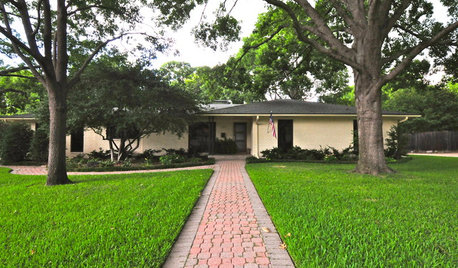
HOUZZ TOURSMy Houzz: Art Influences a Dallas Ranch Overhaul
An aging suburban staple becomes a sleek contemporary home brimming with artwork, light and harmony
Full Story
LANDSCAPE DESIGNGarden Overhaul: Which Plants Should Stay, Which Should Go?
Learning how to inventory your plants is the first step in dealing with an overgrown landscape
Full Story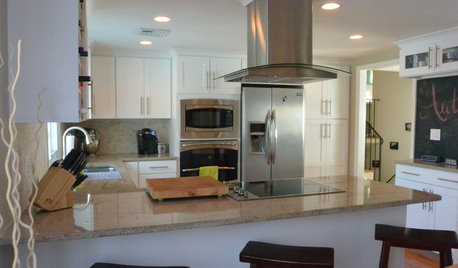
BEFORE AND AFTERSA ‘Brady Bunch’ Kitchen Overhaul for Less Than $25,000
Homeowners say goodbye to avocado-colored appliances and orange-brown cabinets and hello to a bright new way of cooking
Full Story
INDUSTRIAL STYLEHouzz Tour: Toronto Loft Gets an Industrial Style Overhaul
Steel pipework shelves, reclaimed barn wood and other raw finishes transform a space into a sleek and modern home
Full Story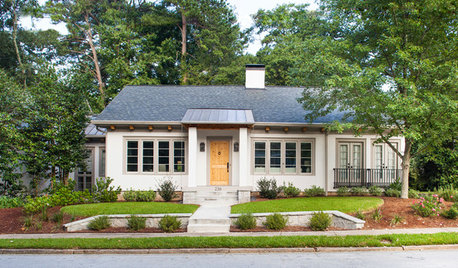
BEFORE AND AFTERSHouzz Tour: A Georgia Foreclosure Gets a Major Overhaul
Gutting and redesigning turn a mishmash 1925 home into a unified haven with better flow
Full Story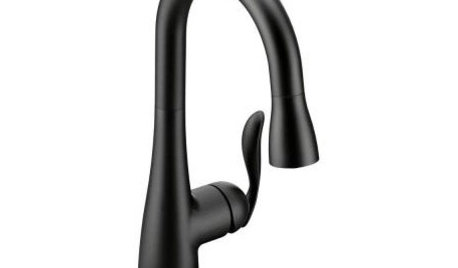
PRODUCT PICKSGuest Picks: 19 Kitchen Upgrades for When You Can't Afford an Overhaul
Modernize an outdated kitchen with these accents and accessories until you get the renovation of your dreams
Full Story
HOUZZ TOURSHouzz Tour: Overhauled Interiors in a Tiny Fisherman's Cottage
Its 1880s structure is protected, but extensive interior damage and a puzzling layout are erased to make this Irish home livable and bright
Full Story
HOUZZ TOURSMy Houzz: Parents-to-Be Whip Up an Apartment Overhaul, Hold the Color
Scandinavian style mixes with a minimalist palette to create a soothing, clutter-free interior for this new family's Netherlands rental
Full Story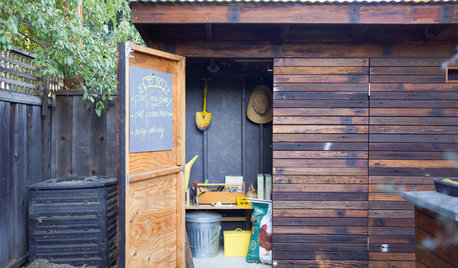
OUTBUILDINGSGet It Done: Overhaul and Organize Your Garden Shed
Consider these tips for outdoor storage space that’s accessible and attractive
Full Story
MIDCENTURY HOMESHouzz Tour: An Eichler's Interior Gets a Major Overhaul
Extensive interior work gives a 1973 home in California better flow and a brighter outlook
Full StoryMore Discussions






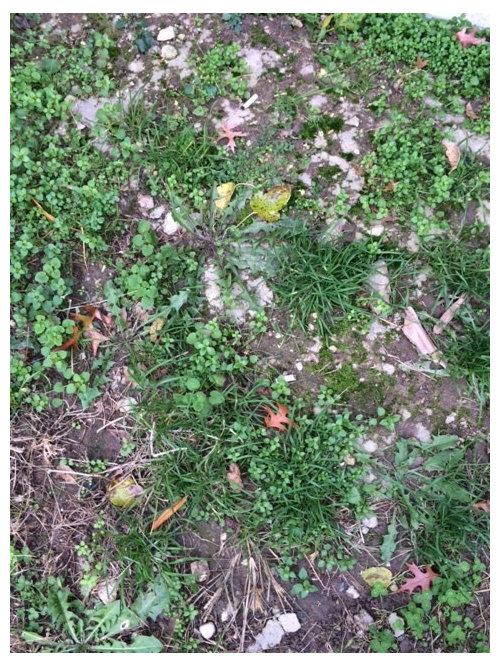

User
dchall_san_antonio
Related Professionals
Allen Landscape Architects & Landscape Designers · Windham Landscape Architects & Landscape Designers · Bridgetown Landscape Architects & Landscape Designers · Saint Matthews Landscape Architects & Landscape Designers · Wheeling Landscape Architects & Landscape Designers · Andover Landscape Contractors · Cornelius Landscape Contractors · Eustis Landscape Contractors · Galveston Landscape Contractors · Lehigh Acres Landscape Contractors · Shaker Heights Landscape Contractors · Welby Landscape Contractors · Winter Gardens Landscape Contractors · South Miami Heights Swimming Pool Builders · Summerlin South Swimming Pool Buildersjoneboy
dchall_san_antonio
joneboy
kidhorn
beckyinrichmond
dustindcOriginal Author